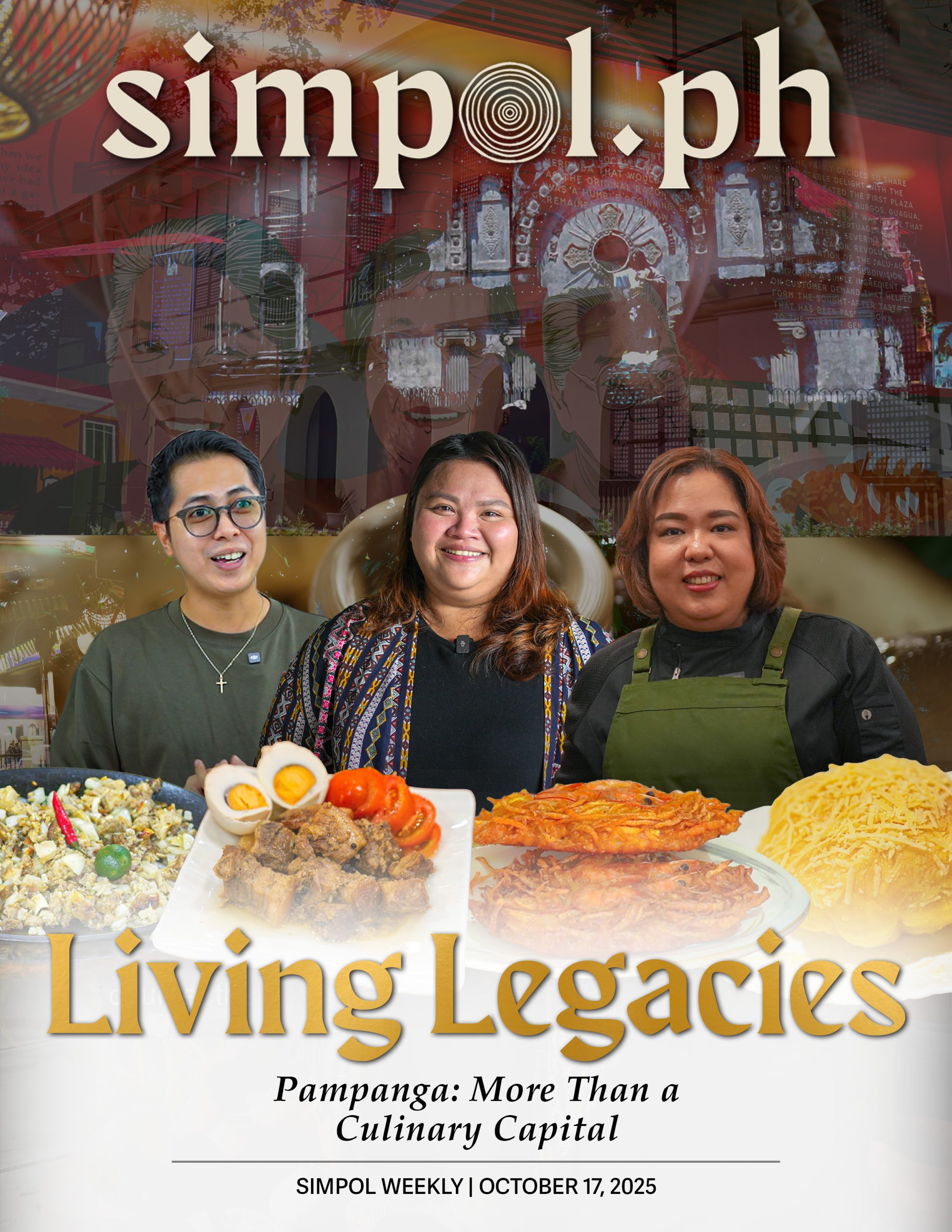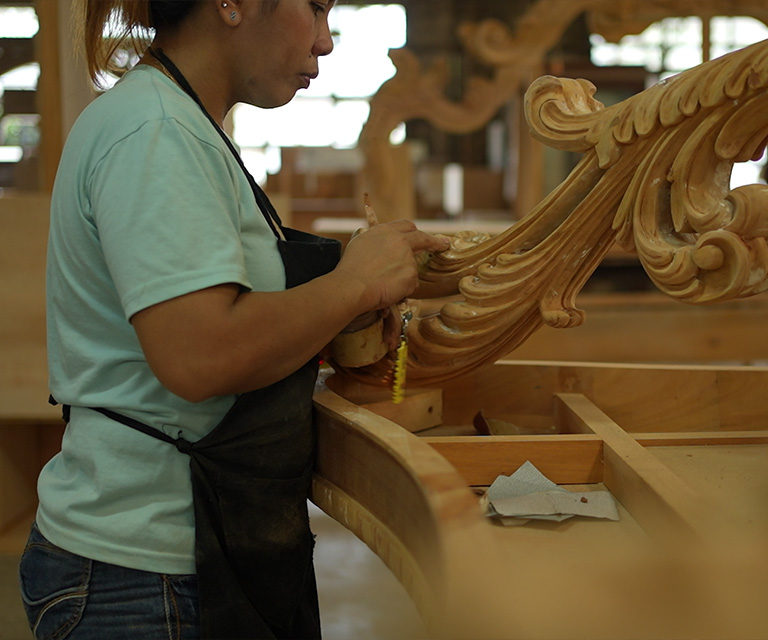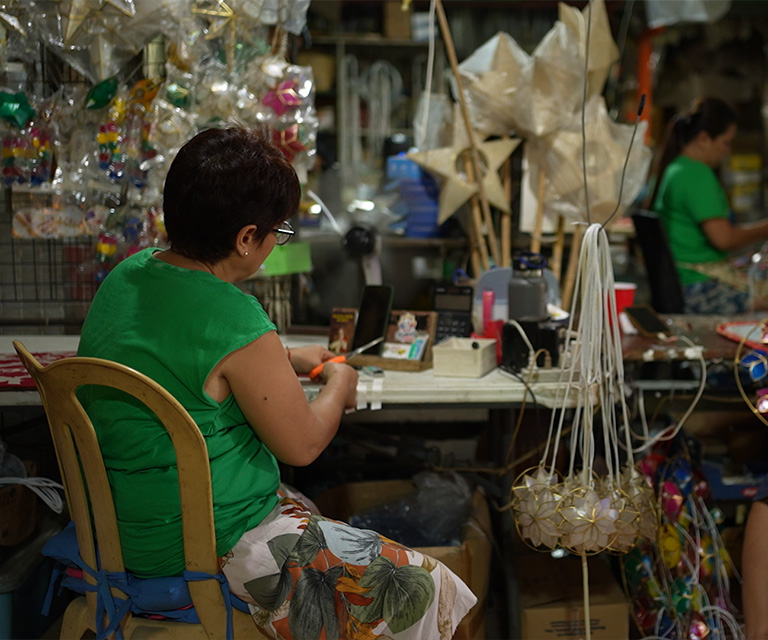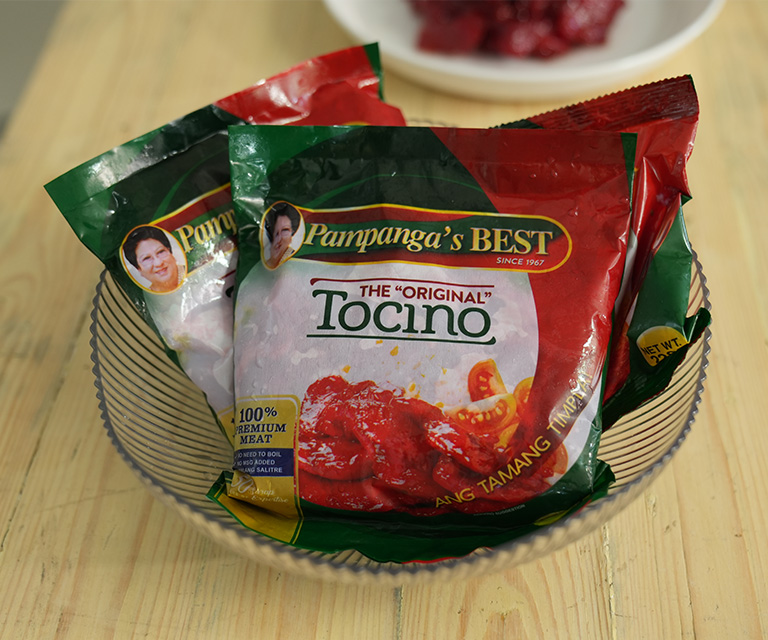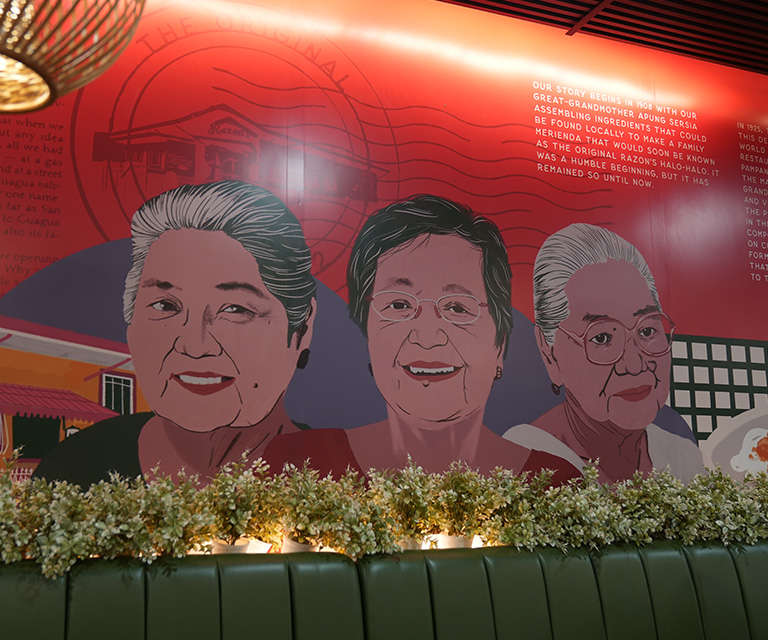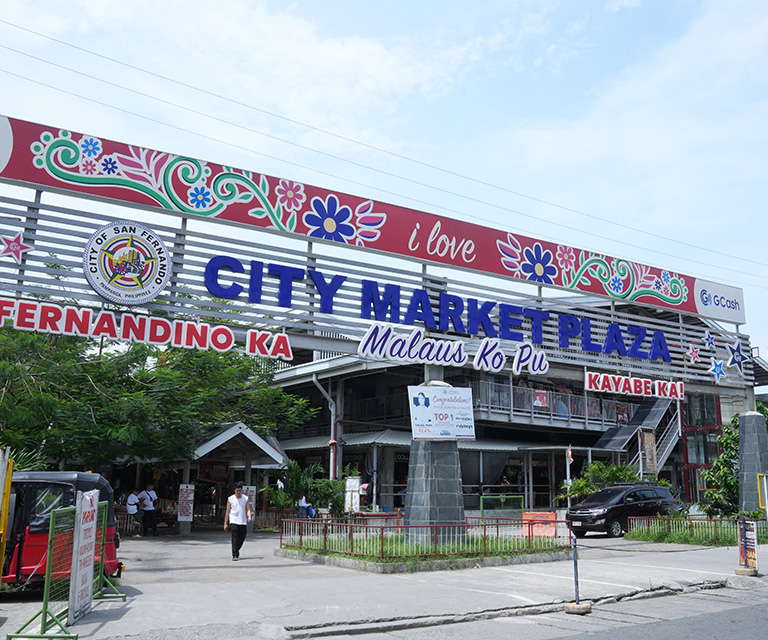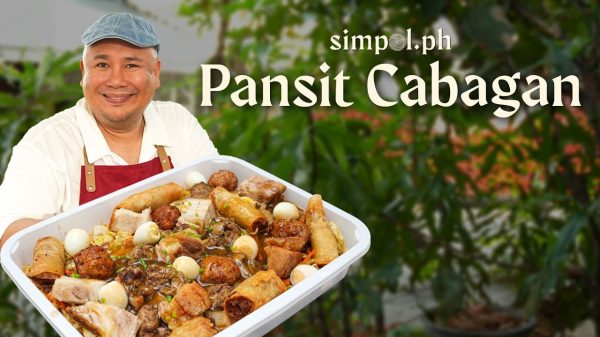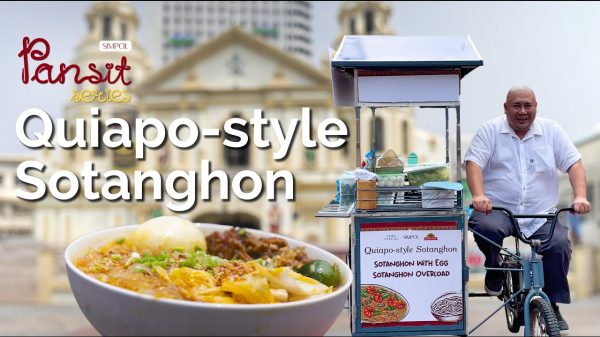To speak of Pampanga is to taste memory. The flavors and aromas take you back to cherished moments shared over meals.
When you think of this province, a few sensations come to mind — the sizzle of sisig on a cast-iron plate, the caramel sheen of tocino crisping in its own sugar, the comfort of kare-kare ladled over warm rice. Each dish carries stories of childhood, of kitchens filled with laughter and smoke. Yet stepping into Pampanga itself reminds you that its greatness was never confined to the table. It lives in the hands of its people — hands that shape, carve, light, and season. Hands that keep tradition alive.
The Hands That Shape the Earth
In Santo Tomas, the scent of damp clay greets you at the Pampanga Pottery and Agritourism Park. The hum of the kilns and the steady whirl of turntables give the space a heartbeat. For second-generation potter Precious Garcia, this rhythm is life itself.
“People saw pots as cheap because they only saw the product,” she says. “They didn’t see the patience, the pain, or the joy in making it.”
To change that perception, Garcia opened her doors. She invited guests to press palms to clay, to feel resistance give way to softness. “Why don’t we let them experience it?” she recalls. What followed was a shift in understanding — “Why is it expensive?” became “How can it be so affordable?”
In that moment, she discovered that mastery means little if it cannot be shared. Craft, like memory, must be passed from hand to hand.
Wood, Labor, and Love
Just a short drive away in Betis, Guagua, wood shavings scent the air. Here, artisans chisel ordinary blocks into extraordinary furniture — pieces that belong as much in family homes as in museums.
Founded in 1972, Jose and Myrna Bituin built their workshop on devotion to quality. “He wanted work he could stand by,” recalls daughter Leslie Mendiola, who now leads the business. That commitment did more than create a brand; it built a community. “Our workers can walk home every day,” she adds. “That was my mom’s dream—to create livelihoods close to home.”
When Mt. Pinatubo erupted in 1991, ash buried everything. Yet the family rebuilt, training out-of-school youth and farmers’ children in the delicate art of carving. What could have ended in loss became renewal.
“We don’t dream of mass production anymore,” Leslie says. “There will always be those who seek something shaped by human hands—something that lasts.”
In Betis, craftsmanship is not just labor—it’s legacy measured in care per inch.
The Brilliance of Fleeting Light
If wood and clay root Pampanga to the earth, light gives it soul. Every December, San Fernando glows with the Ligligan Parul—the Giant Lantern Festival that has illuminated the province for more than a century.
What began as small lanterns carried during Simbang Gabi has evolved into an orchestra of light powered by ingenuity. At Rolren’s Lantern and General Merchandise, master craftsman Rolando “Parol King” Quiambao continues this tradition. His workshop hums with life—steel rotors wrapped in masking tape spin slowly, connecting intricate circuits made from recycled hair clips and refrigerator rods.
“It’s like a music box,” one visitor says. “But instead of notes, it plays with light.”
After Mt. Pinatubo’s eruption, the festival’s glow carried new meaning. When the lahar darkened skies, lantern makers built a single magnificent parol. As it flickered against the gray, people wept. The light became a pulse of hope — proof that even in ruin, Kapampangans will find a way to shine.
The Sweet Taste of Home
Of course, no story of the culinary heritage of Pampanga is complete without tocino—the breakfast that made the province a household name.
At the gleaming plant of Pampanga’s Best, the same sweetness fills the air that once perfumed Lolita Hizon’s kitchen in the late 1960s. A former teacher, Hizon helped a butcher neighbor sell unsold pork by marinating it with sugar, salt, and spice—a version of the Kapampangan pindang. She named it tocino, inspired by the Spanish dessert tocino del cielo.
“My lola coined the word tocino,” says grandson Angelo Hizon IV. “She really created tocino here in the Philippines.”
From that humble act grew a national institution. Tens of thousands of kilos are now marinated daily, yet the family still insists on patience. “Pan-fry slowly,” they advise. “Never boil. Let sugar caramelize until the edges turn amber.”
Because for Kapampangans, flavor is never rushed. It’s crafted with time—and love.
The Steward of Simplicity
In Guagua, another family guards a different classic. At The Original Razon’s of Guagua, the halo-halo remains spare and elegant: saba banana, macapuno, and leche flan over snow-fine ice and milk.
“The greatest lesson,” says Chef Tin Cabrera, third-generation custodian, “is to be a good steward of what was entrusted to you.”
In a world obsessed with excess, Razon’s keeps faith in restraint. Each glass is a quiet act of discipline—a dessert that whispers nostalgia rather than chases novelty.
This, too, is part of the culinary heritage of Pampanga: to do few things, do them perfectly, and let sincerity speak for itself.
Everyday Excellence
At the San Fernando Public Market, legacy simmers in humbler form. Behind the counter of Santos Carinderia, open since 1945, pots of asado matua, kilayin, and caldereta bubble from dawn till dusk. Office workers, vendors, and jeepney drivers gather at narrow tables, spoons clinking, stories flowing freely.
Here, heritage is not displayed in glass cases or festival lights. It’s eaten daily, shared freely, and carried home in every takeout container.
The Soul Beneath the Flavor
To call Pampanga merely the country’s culinary capital is to admire the lantern without noticing the rotor that gives it motion. Beneath the province’s famous dishes lies something deeper: a devotion to work done with dignity, and a belief that beauty made by hand must also be shared by heart.
Across generations, Kapampangans have rebuilt from ash, carved livelihoods from hardship, and turned craft into communion. Their excellence is not spectacle but habit—a rhythm that endures.
Walk through its towns and you’ll find it everywhere:
the clay wheel turning,
the chisel singing,
the lantern sparking to life,
the pan of tocino hissing in its sweetness.
Each is an act of faith disguised as daily labor.
Pampanga’s true legacy—its culinary heritage and its craft alike—lies not just in what it makes, but in how it’s made: with patience, pride, and love.
Because in Pampanga, good hands never stop working—and that is the province’s most enduring recipe.
Discover more about Pampanga:
From Retaso to Runway: How Pampanga’s Philip Torres Stitched a Legacy of Style and Sustainability
Heart on the Table: The Story of Chef Cherry Pasion-Tan


